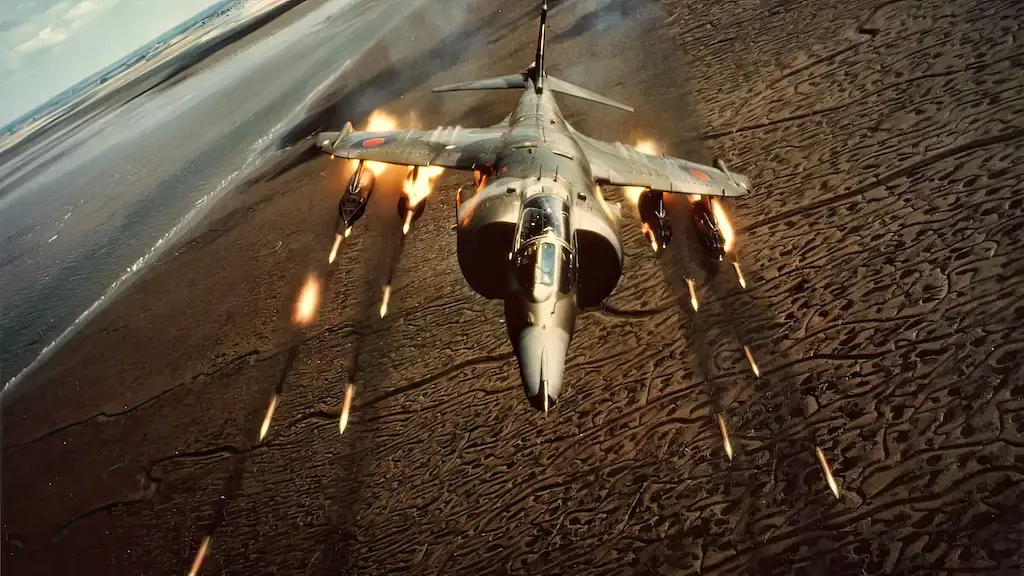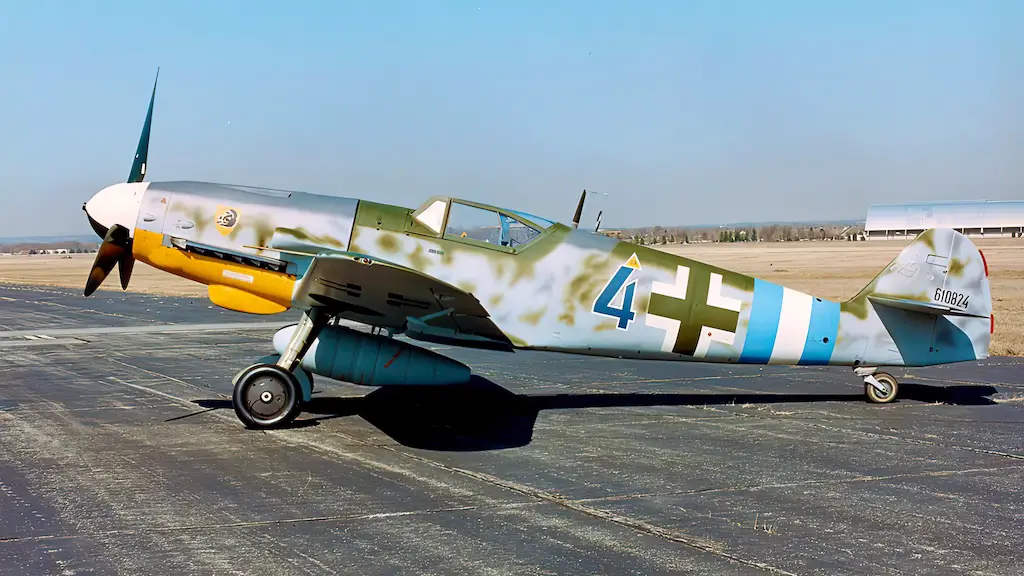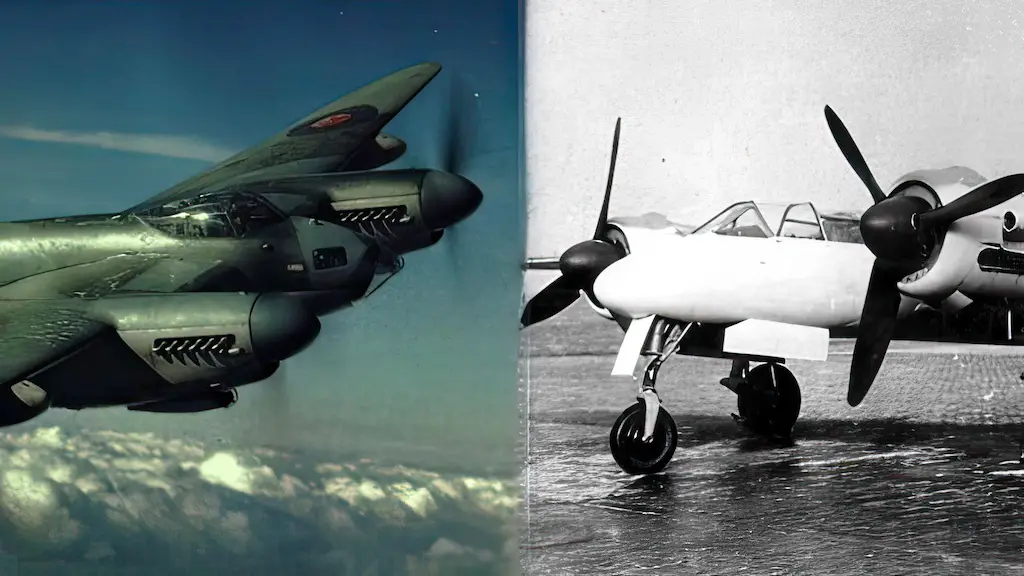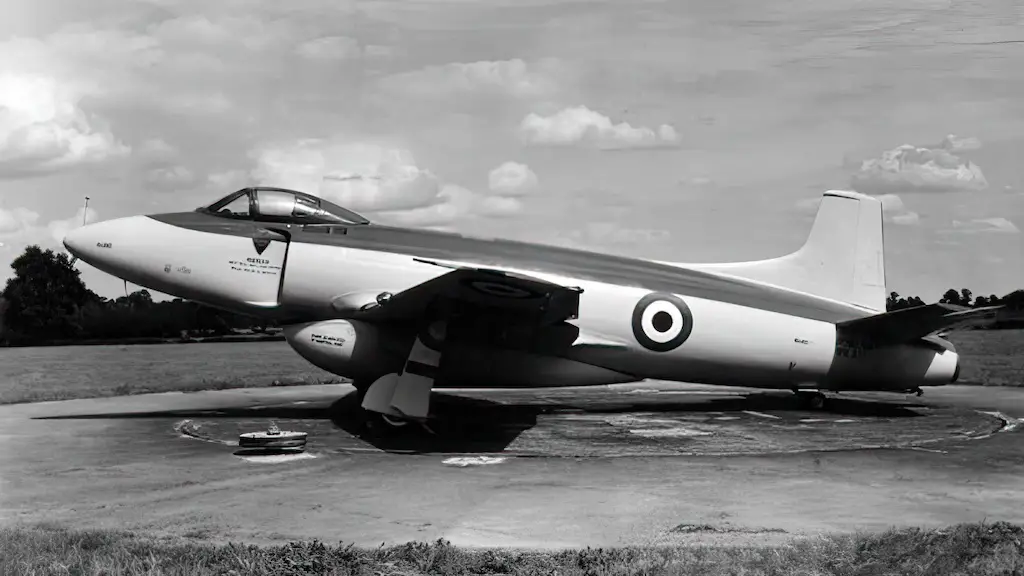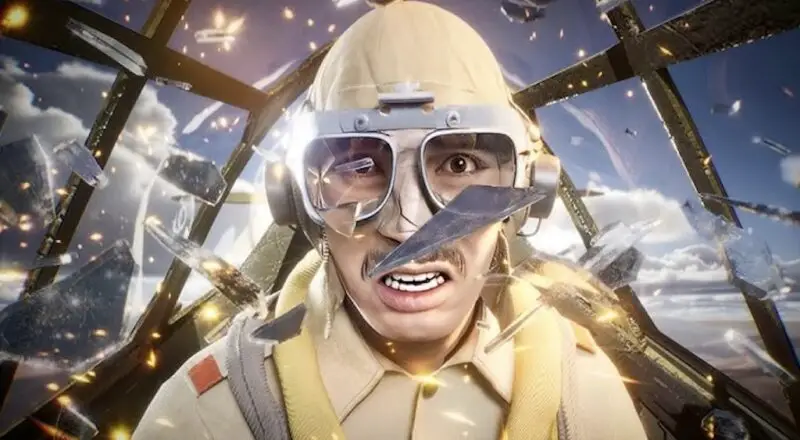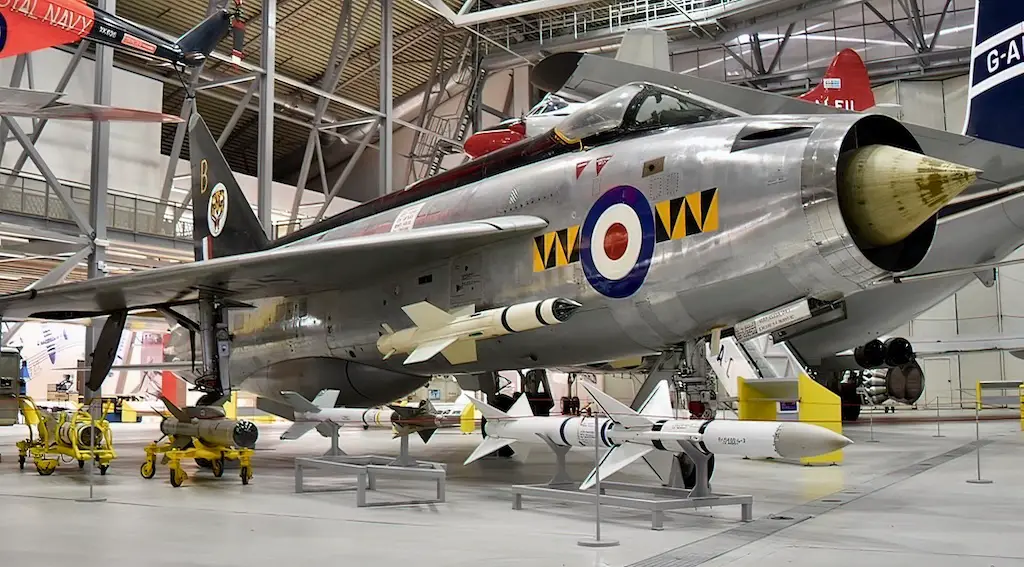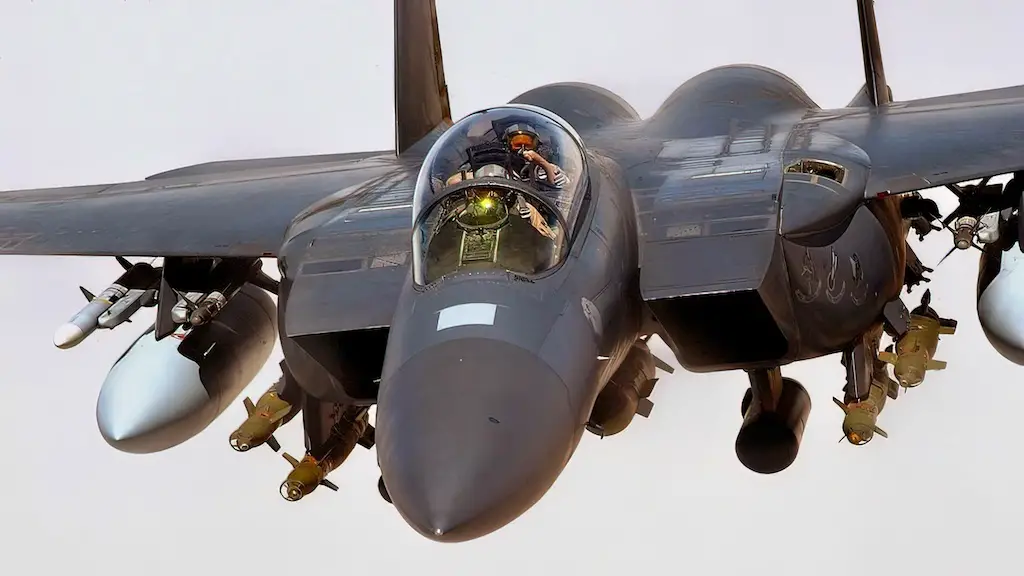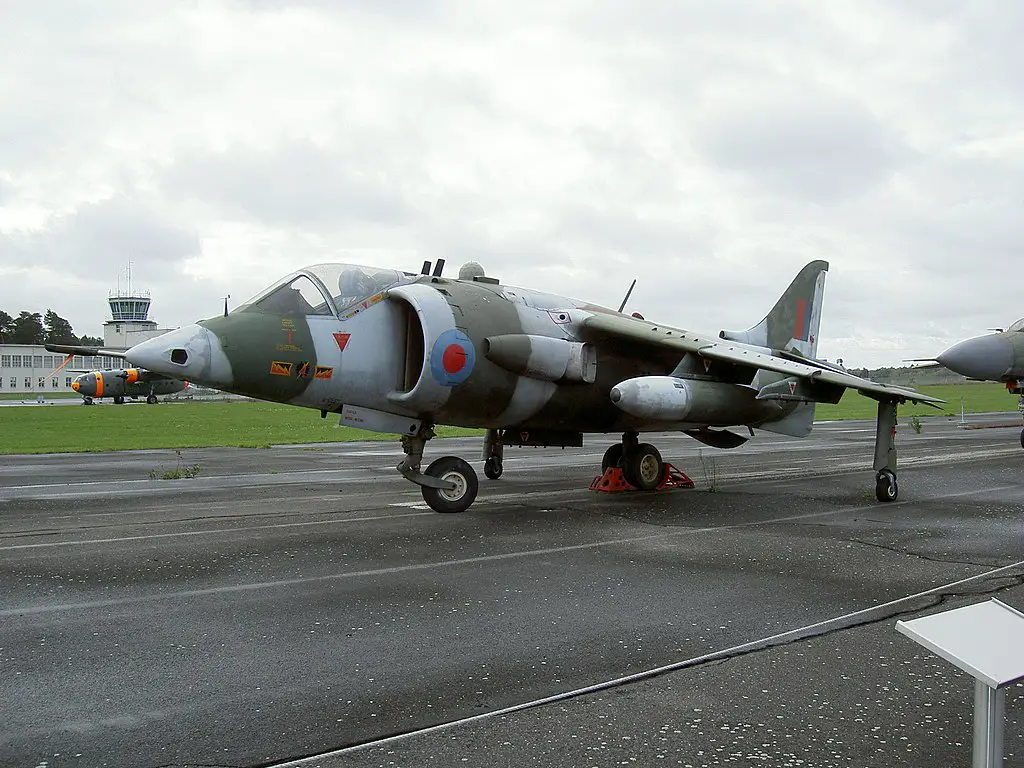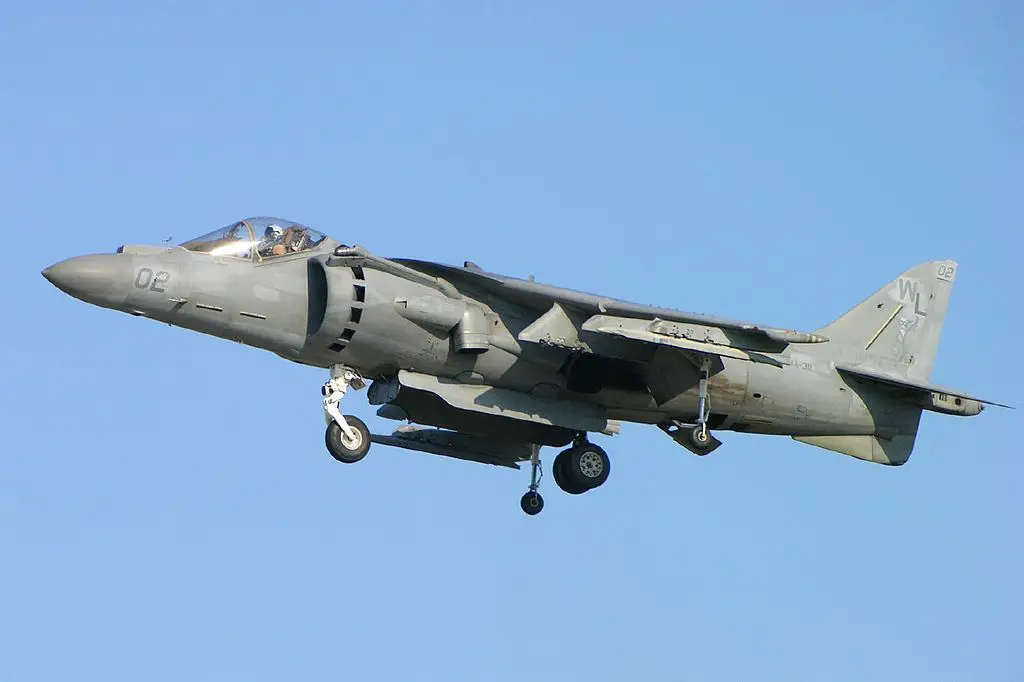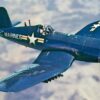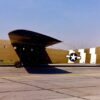The Hawker Siddeley Harrier Jump Jet, a marvel of aviation engineering, captured the imagination of aviation enthusiasts around the world. Developed in the 1960s, the Harrier became renowned for its unique ability to take off and land vertically, defying the traditional limitations of fixed-wing aircraft. This article delves into the innovative features, operational capabilities, and historical significance of this iconic aircraft.
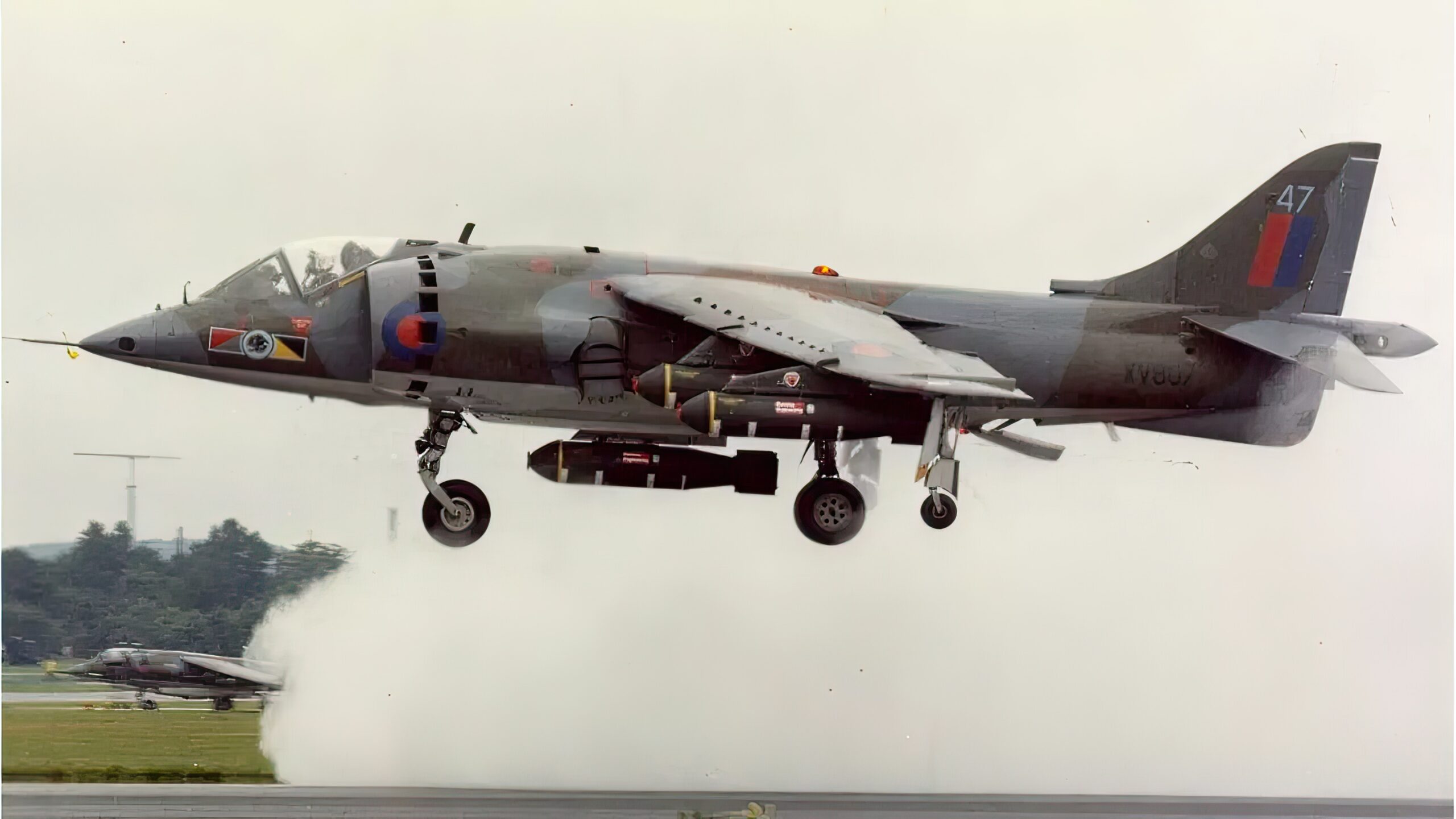
Development and Innovation
The development of the Harrier began in the 1950s when the British Royal Air Force (RAF) sought a new type of aircraft capable of operating from short, unprepared runways. British aerospace company Hawker Siddeley Aviation took up the challenge and created a revolutionary design that incorporated thrust vectoring. By directing the engine exhaust downwards during takeoff and landing, the Harrier could achieve vertical flight. This innovative concept led to the development of the P.1127, which later evolved into the Harrier.
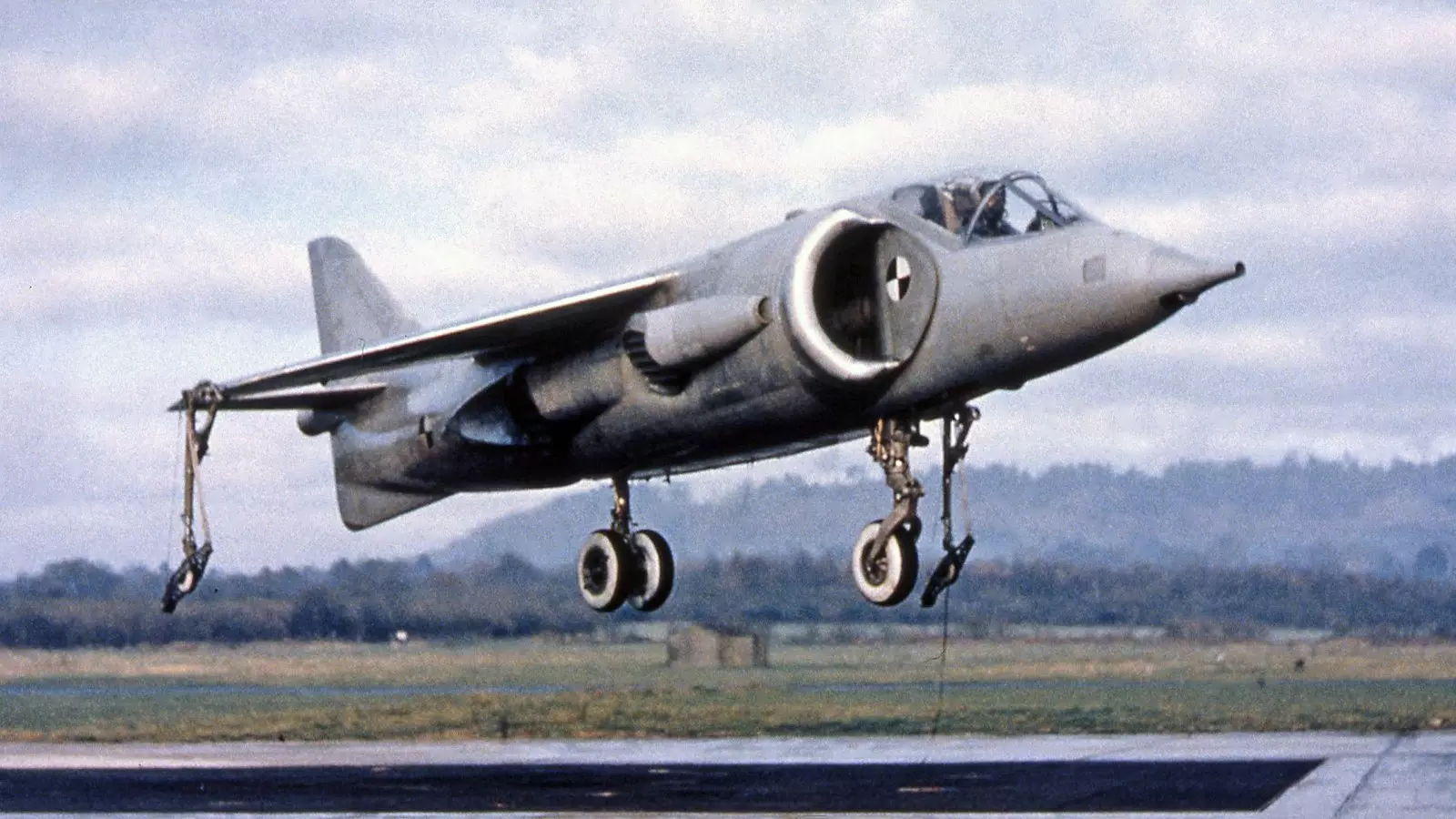
Vertical Takeoff and Landing
The Harrier’s ability to perform vertical takeoff and landing (VTOL) set it apart from conventional aircraft. This capability eliminated the need for lengthy runways, enabling the Harrier to operate from unprepared surfaces, small airstrips, and even aircraft carriers. During takeoff, the aircraft’s four vectored-thrust nozzles, located at the rear, directed the engine exhaust downwards. By transitioning into conventional flight mode, the nozzles would redirect the thrust backward for forward propulsion. Precise control of the nozzles allowed the pilot to hover and maneuver with exceptional agility, making the Harrier a versatile aircraft suitable for a wide range of missions.
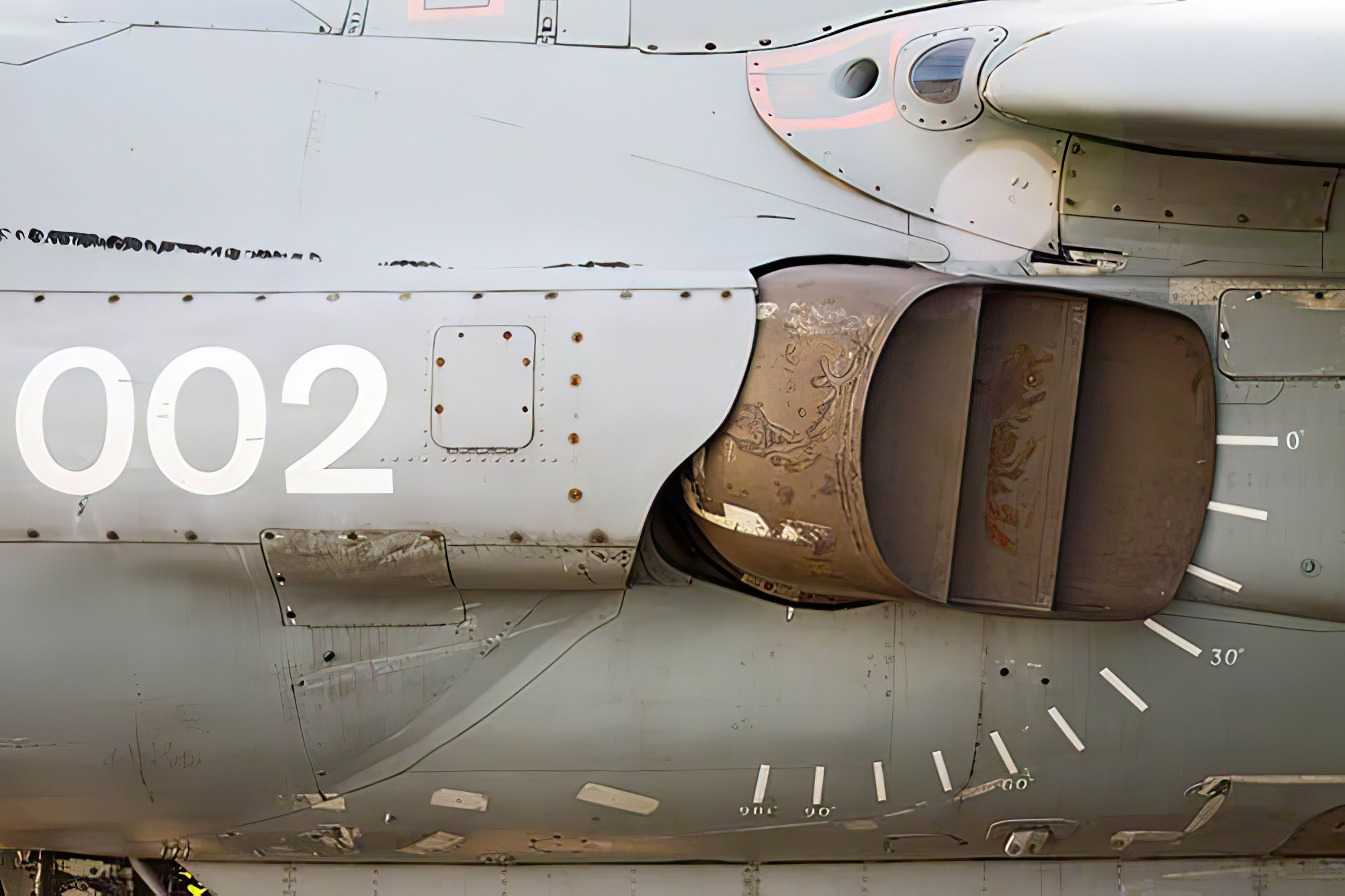
Operational Capabilities
The Harrier’s unique features and operational capabilities made it an invaluable asset to military forces. Its vertical takeoff and landing capability allowed it to be deployed quickly and effectively in combat zones. The aircraft’s ability to operate from unprepared surfaces provided tactical advantages, especially in remote or undeveloped areas. Additionally, the Harrier’s VTOL capability made it ideal for close air support, reconnaissance, and anti-armor missions. It could also carry a variety of armaments, including air-to-air missiles, air-to-surface missiles, rockets, and bombs, further enhancing its combat versatility.
Historical Significance and Legacy
The Harrier made a significant impact on military aviation and influenced the development of subsequent aircraft. Its successful deployment in various conflicts, including the Falklands War and the Gulf War, demonstrated the effectiveness of VTOL capabilities on the modern battlefield. The Harrier also served as the foundation for the highly successful American AV-8B Harrier II, which incorporated improved avionics and enhanced performance. Moreover, the Harrier’s innovative thrust vectoring technology paved the way for future developments in the field of vertical flight, inspiring the creation of advanced aircraft like the F-35B Lightning II.
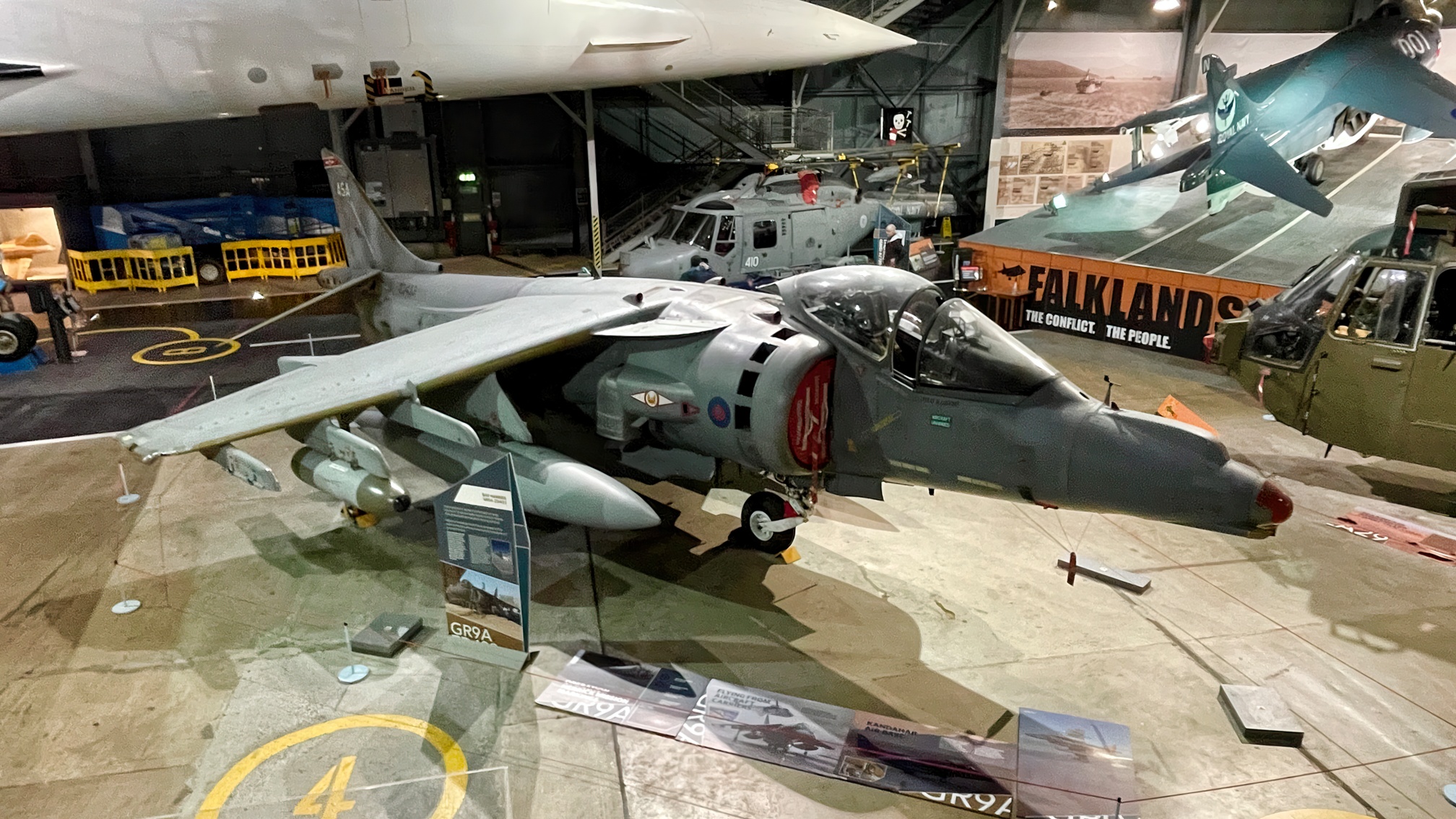
Revolutionary
The Hawker Siddeley Harrier Jump Jet revolutionized aviation with its remarkable ability to take off and land vertically. Its development marked a significant milestone in the history of military aviation, providing unprecedented operational capabilities and expanding the possibilities of air power projection. The Harrier’s impact continues to be felt today, with its legacy evident in the advanced vertical takeoff and landing aircraft currently in service. The Harrier’s ingenuity and versatility have secured its place in aviation history as an iconic and groundbreaking aircraft.

